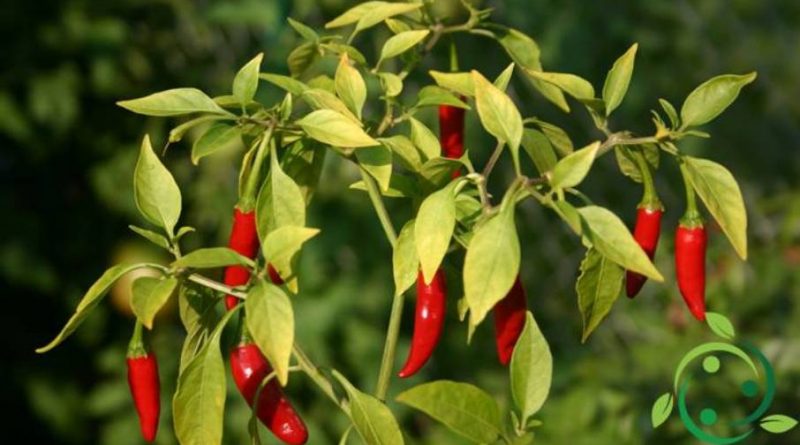How to grow hot peppers in a biological way
How to grow hot peppers in a biological way
The cultivation of hot peppers is certainly what you do, even at home, more frequently. These are varieties belonging to the genus Capsicum L. and are distinguished from each other, as well as for shape and color also for the content in capsaicin [(E) -N- (4-hydroxy-3-methoxybenzyl) -8-methyl-6 -nonenamide], ie that alkaloid responsible for most of the “spiciness” of chillies. This spiciness is then measured in the Scoville scale. Among the hottest peppers in the world we mention: Carolina Reaper, Trinidad Moruga Scorpion, Naga Viper, Bhut Jokolia, Habanero Red Savina, Habanero Orange, Scotch Bonnet, Habanero, Bird’s eye and Byadagi.
These are plants that need warm climates and can also be grown in pots that allow a good development of the roots (therefore not less than 40 cm).
To begin cultivation we recommend sowing in seedbeds (especially in the north) and the subsequent transplanting in open field when the plant has reached at least 5 cm in height. The sowing period of the chili is between January and April, to be more precise to know the variety you want to plant; especially for the varieties of tropical origin, the sowing time has to be postponed (but prepared in seedbeds) to avoid that the fruits do not reach full ripeness with warm climate. In any case, the minimum temperature for transplantation must be at least 18 degrees even at night. For sowing, it begins by filling the alveolate jars or containers, kept in an environment sheltered from the cold, with suitable organic soil. The seed should be buried no more than one centimeter deep. Seed germination occurs after 7 – 15 days and this depends on the temperatures and the variety of red pepper (it may be useful, to speed up the process, to moisten the seeds with chamomile). For the sowing we recommend the period of the crescent moon, moon phase favorable to the vegetative development and to the fructification.
The soil where to transplant the chilli must be deep, possibly not calcareous, with a neutral or slightly acid pH, and preliminarily fertilized with mature manure or compost. For the sixths it is advisable to place them at least 60 cm on the row and for the inter-row depending on the working organ and an easy possibility of all the cultivation operations. The technique of mulching with straws is excellent, while the combination (in binate rows) with basil, carrot or onion is recommended. The chili must be irrigated frequently, without ever causing stagnation or wetting of the leaves or fruit and for this reason, if it is a larger plot of a few plants we recommend drip irrigation with hose.
For the collection this must be regulated from time to time according to the variety; in general most of the peppers have a color change in the vicinity of ripening and the production of most of the capsaicin when fully ripe (be careful not to try the tasting technique, especially with some very spicy varieties).
Among the diseases, especially attention to oidium between those fungal and to aphids, cochineals and red spiders. For powdery mildew it is possible to use preventive (but if there are climatic conditions) with Bordeaux mixture, for aphids, cochineals and red spiders with horsetail preparations and nettle macerations (the latter is excellent as a preventive product and fertilizer at the same time).

